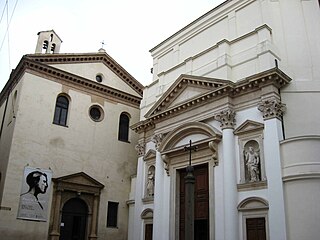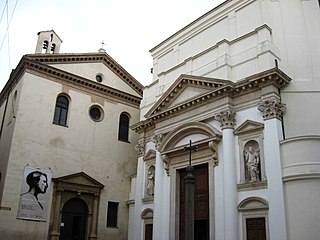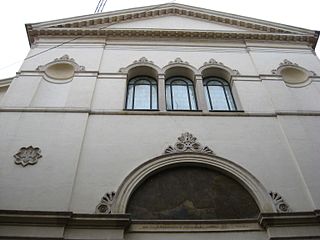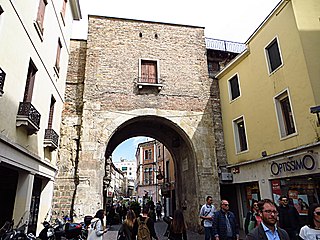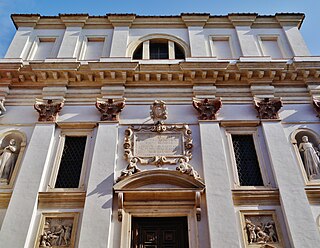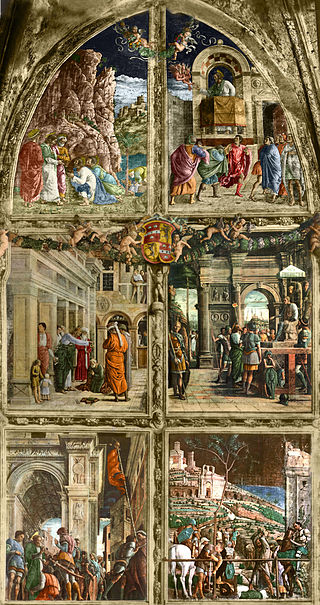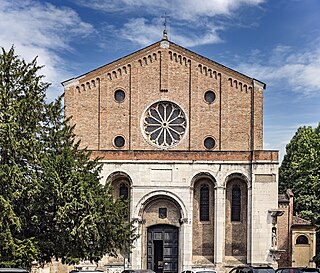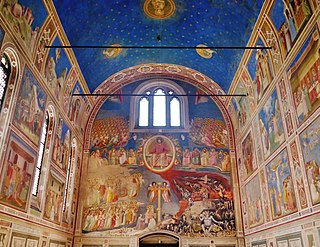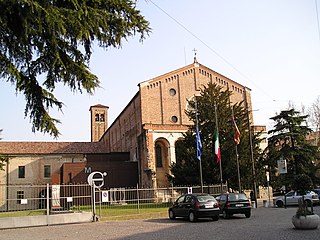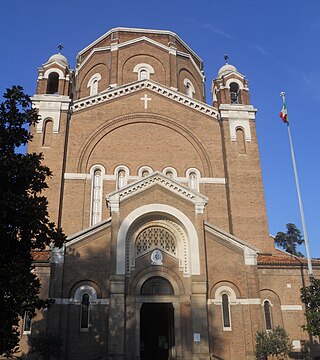Self-guided Sightseeing Tour #4 in Padua, Italy
Legend
Guided Free Walking Tours
Book free guided walking tours in Padua.
Guided Sightseeing Tours
Book guided sightseeing tours and activities in Padua.
Tour Facts
6.7 km
88 m
Experience Padua in Italy in a whole new way with our free self-guided sightseeing tour. This site not only offers you practical information and insider tips, but also a rich variety of activities and sights you shouldn't miss. Whether you love art and culture, want to explore historical sites or simply want to experience the vibrant atmosphere of a lively city - you'll find everything you need for your personal adventure here.
Activities in PaduaIndividual Sights in PaduaSight 1: Giardini della Rotonda
The gardens of the rotonda is a terraced garden, situated close to the historical centre of Padua, behind the sixteenth century wall and the Rampart of the Cat.
Sight 2: Basilica del Carmine
The Basilica del Carmine is a 16th-century Roman Catholic church located on piazza Francesco Petrarca in Padua, region of Veneto, Italy. It was made a minor basilica in 1960 by pope John XXIII
Sight 3: Chiesa di San Fermo
The church of Saints Fermo and Rustico, better known as the church of San Fermo, is a religious building of early medieval origin that overlooks Via San Fermo in Padua. It is to be counted among the oldest in the city. Formerly a parish, it became subject to the parish of San Leonardo for a period; now it is a subsidiary church to the Basilica del Carmine, officiated on holy days of obligation by the Sri Lankan Catholic community. It is currently devoid of all works and furnishings.
Sight 4: Porta di Ponte Molino
The Porta Molino or Porta dei Molini was the main of the four royal accesses that opened into the medieval walls of Padua. Facing north, it rises at the end of the Roman Ponte Molino which crosses the branch of the Bacchiglione called Tronco Maestro where until 1884 thirty-three wheels of as many mills mounted on boats worked, from which the gate and the bridge take their name.
Sight 5: Chiesa di Sant'Antonio di Vienna
The church of Sant'Antonio Abate, known as the church of Sant'Antonio di Vienna, is a medieval religious building that stands in Contrà Savonarola, in Padua. The building is part of the Colegio San Marco, a structure adapted in 1771 to accommodate university students, and previously used as a monastery first by the Canons of St. Anthony of Vienne and later by the Rhenish Canons.
Sight 6: Chiesa di San Benedetto Vecchio
The church of San Benedetto Abate called for centuries the church of San Benedetto Vecchio is a building of medieval origin that overlooks Riviera San Benedetto, towards the Bacchiglione, in Padua. The building was built with the adjoining Benedictine monastery at the behest of Blessed Girolamo Forzatè.
Sight 7: Chiesa di San Benedetto Novello
The church of San Benedetto Novello is a religious building of medieval origin that stands towards Riviera San Benedetto, in Padua. It was built with the adjoining monastery to house the male Benedictine community that had emerged from the "double" monastery of San Benedetto Vecchio, although it later passed to the Olivetans. Today, the church and monastery dedicated to the Visitation of St. Mary belong to a community of cloistered nuns.
Sight 8: Chiesa di San Pietro
The church of San Pietro Apostolo is a religious building that overlooks Contrà San Pietro, now Via San Pietro in Padua. The church already existed in the fourth century, although it underwent a reconstruction at the end of the eleventh century. Until 1809 it was the parish and church of the Benedictine nuns who had the title of canonesses in respect of a royal privilege of the ninth century. On 22 April 866 Louis II united it to the bishopric of Padua. The church is an extraordinary complex in which building and decorative phenomena ranging from the Middle Ages to the neo-Gothic period overlap. Today it is a rectory subject to the Cathedral.
Sight 9: San Prosdocimo
Sight 10: Duomo di Padova
Padua Cathedral, or Basilica Cathedral of Saint Mary of the Assumption, is a Catholic church and minor basilica located on the east end of Piazza Duomo, adjacent to the bishop's palace in Padua, Veneto, Italy.
Sight 11: Teatro Giuseppe Verdi
The Teatro Verdi is a theater and opera house in Padova, Italy named after composer Giuseppe Verdi. Constructed in 1749–1751, the theater was inaugurated in 1751. It was modernized in 1884.
Sight 12: Chiesa di San Nicolò
San Nicolò is a Romanesque and Gothic-style, Roman Catholic church in Padua, region of Veneto, Italy. It stands in front of a homonymous piazza, and is adjacent to the Palazzo Meschini and Palazzo Brunelli-Bonetti.
Sight 13: Strani Incontri (Kenny Random)
Kenny Random, pseudonym of Andrea Coppo, is an Italian artist and writer.
Sight 14: Oratorio San Rocco
The Oratory of San Rocco is a Renaissance style, Roman Catholic church located in the city center of Padua, region of Veneto, Italy. It arises adjacent to the church of Santa Lucia, and is notable for its collection of frescoes.
Sight 15: Santa Lucia
Santa Lucia, also called the Chiesa dell'Adorazione Perpetua is a Roman Catholic church located in the city of Padua, region of Veneto, Italy.
Sight 16: Chiesa di Sant'Andrea
Sant'Andrea is a Roman Catholic church located on Via Sant'Andrea in Padua, region of Veneto, Italy. Founded by the 12th-century as a parish church, the present church was completed in the late 19th century.
Sight 17: Porta Altinate
The Porta Altinate or Porta di Ponte Altinà was one of the four "regales" entrances that opened onto the municipal walls of Padua. The gate rises on the first pier of the Roman Ponte Altinate - now not visible - which crosses the Naviglio Interno buried in the sixties of the last century to make room for the Via Riviera dei Ponti Romani. The gate and the bridge - as well as the following district - take their name from Altino, the city towards which the road to which they gave access was directed. The gate is a popular pedestrian walkway to Piazza dei Noli, now Garibaldi.
Sight 18: Chiesa di San Gaetano
The Church of San Gaetano is found in the central district of Padua, and its facade was designed by the late Renaissance architect Vincenzo Scamozzi.
Sight 19: Cappella Ovetari
The Ovetari Chapel is a chapel in the right arm of the Church of the Eremitani in Padua. It is renowned for a Renaissance fresco cycle by Andrea Mantegna and others, painted from 1448 to 1457. The cycle was destroyed by an Allied bombing in 1944: today, only two scenes and a few fragments survive, which have been restored in 2006. They are, however, known from black-and-white photographs.
Sight 20: Church of the Eremitani
Get Ticket*The Church of the Eremitani, or Church of the Hermits, is a former-Augustinian, 13th-century Gothic-style church in Padua, region of the Veneto, Italy. It is also now notable for being adjacent to the Cappella Scrovegni with Giotto frescoes and the municipal archeology and art gallery: the Musei Civici agli Eremitani, which is housed in the former Augustinian monastery located to the left of the entrance.
Sight 21: Scrovegni Chapel
The Scrovegni Chapel, also known as the Arena Chapel, is a small church, adjacent to the Augustinian monastery, the Monastero degli Eremitani in Padua, region of Veneto, Italy. The chapel and monastery are now part of the complex of the Musei Civici di Padova.
Sight 22: Musei Civici agli Eremitani
The Civic Museums of Padua, also known as the Civic Museums of the Eremitani, are a museum complex located in Piazza Eremitani in the city of Padua.
Sight 23: Palazzo Zuckermann
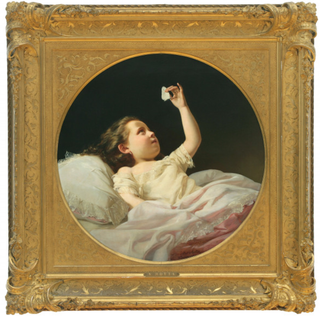
The Palazzo Zuckermann is a palace located on corso Garibaldi in Padua, Italy. The building now houses the collections of the Museo di arti applicate e decorative on the first floor and the Museo Bottacin on the second floor; these collections form part of the Civic Museum of Padua. It stands across the street from the Cappella degli Scrovegni and the Museo agli Eremitani; the latter houses the main art gallery of the civic Museum of Padua.
Sight 24: Museo Bottacin

The Palazzo Zuckermann is a palace located on corso Garibaldi in Padua, Italy. The building now houses the collections of the Museo di arti applicate e decorative on the first floor and the Museo Bottacin on the second floor; these collections form part of the Civic Museum of Padua. It stands across the street from the Cappella degli Scrovegni and the Museo agli Eremitani; the latter houses the main art gallery of the civic Museum of Padua.
Sight 25: Tempio della Pace
The Church of the Most Holy Name of Jesus, better known as the Temple of Peace, is a Catholic place of worship and shrine in Padua, located in Via Niccolò Tommaseo, not far from the railway station; it is the seat of the parish of the same name, belonging to the Cathedral vicariate of the Diocese of Padua.
Share
How likely are you to recommend us?
Disclaimer Please be aware of your surroundings and do not enter private property. We are not liable for any damages that occur during the tours.
GPX-Download For navigation apps and GPS devices you can download the tour as a GPX file.
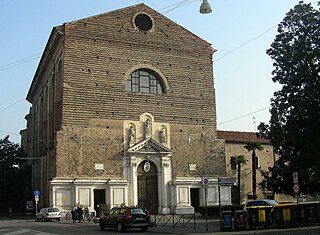

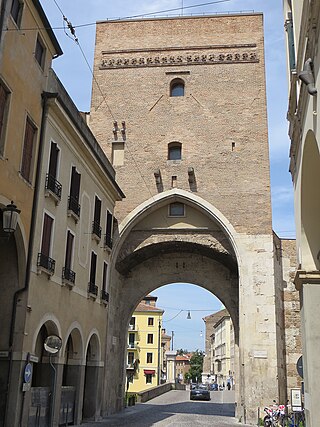
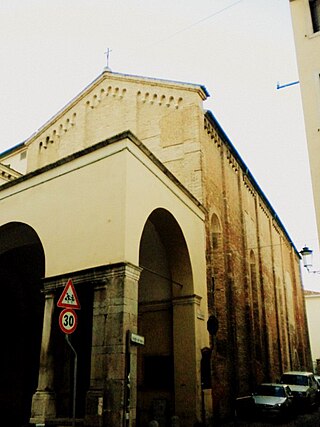

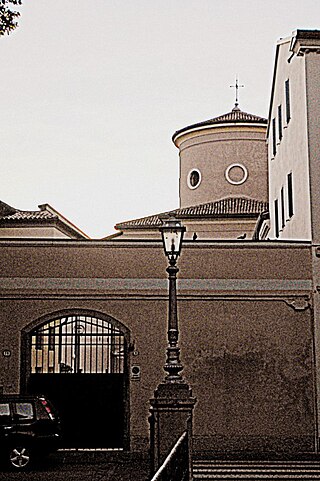
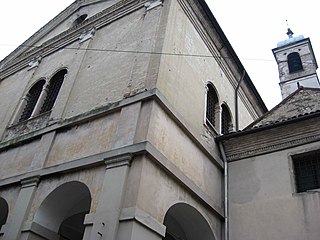
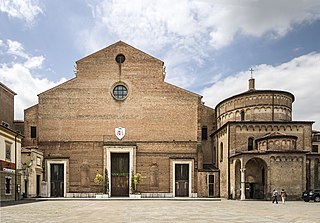
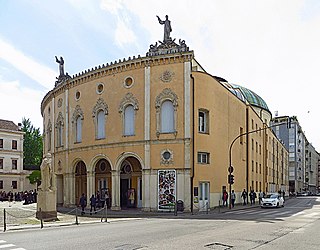
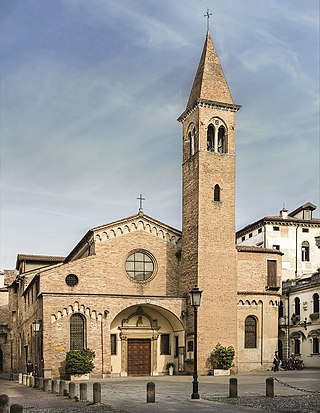
.jpg)
